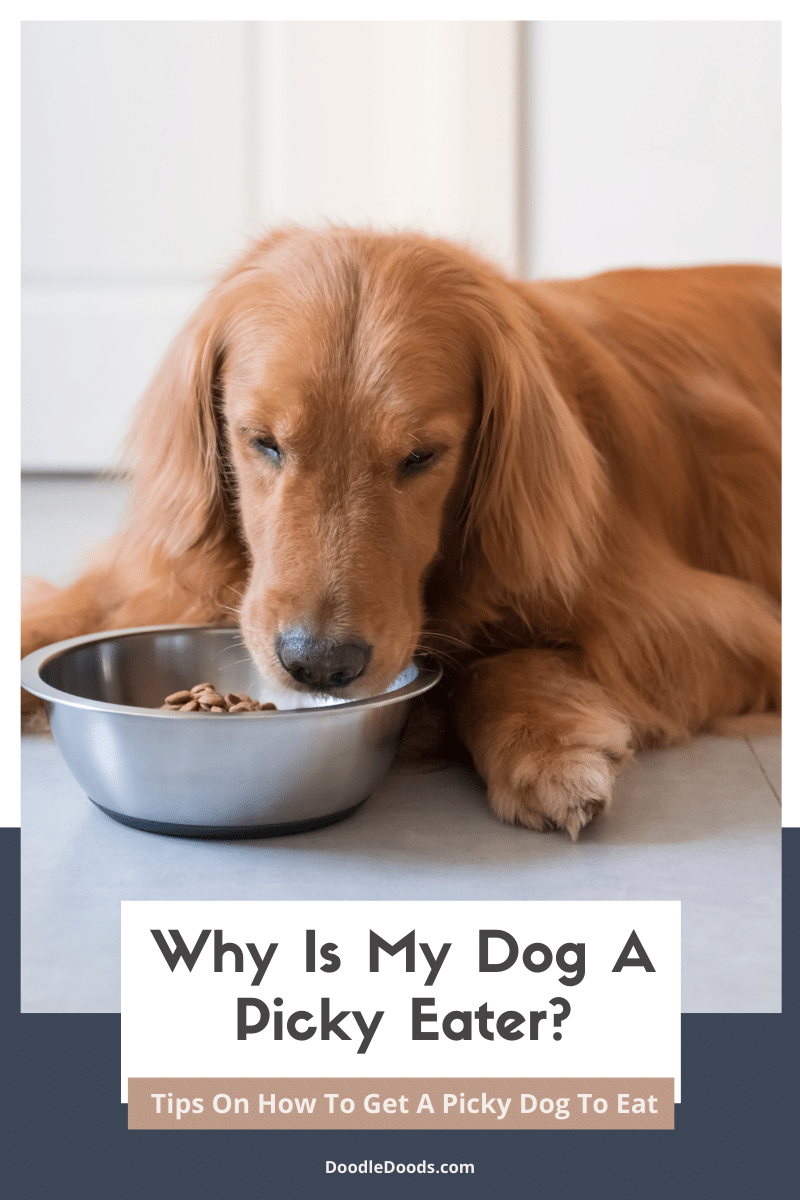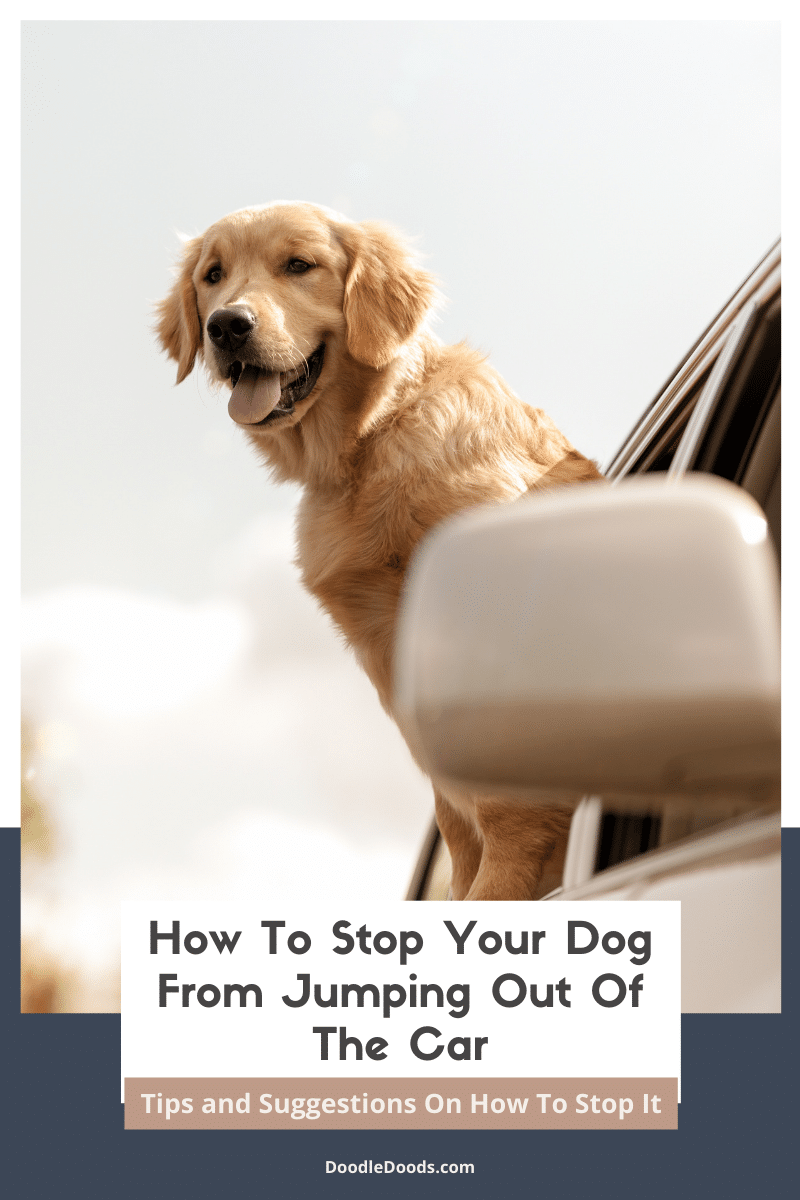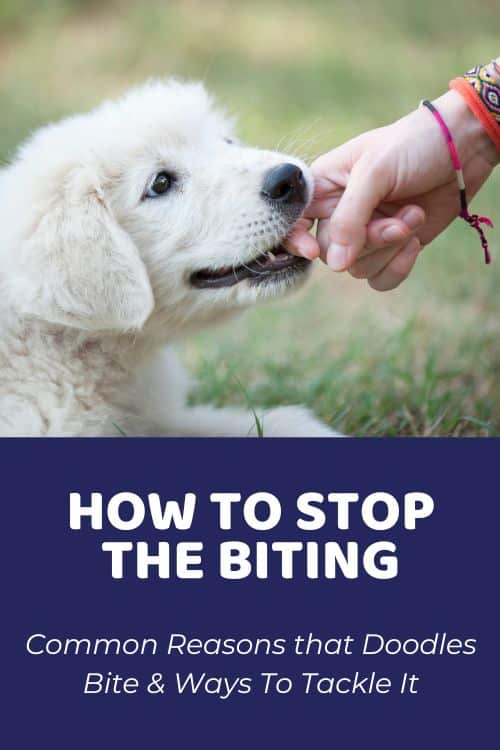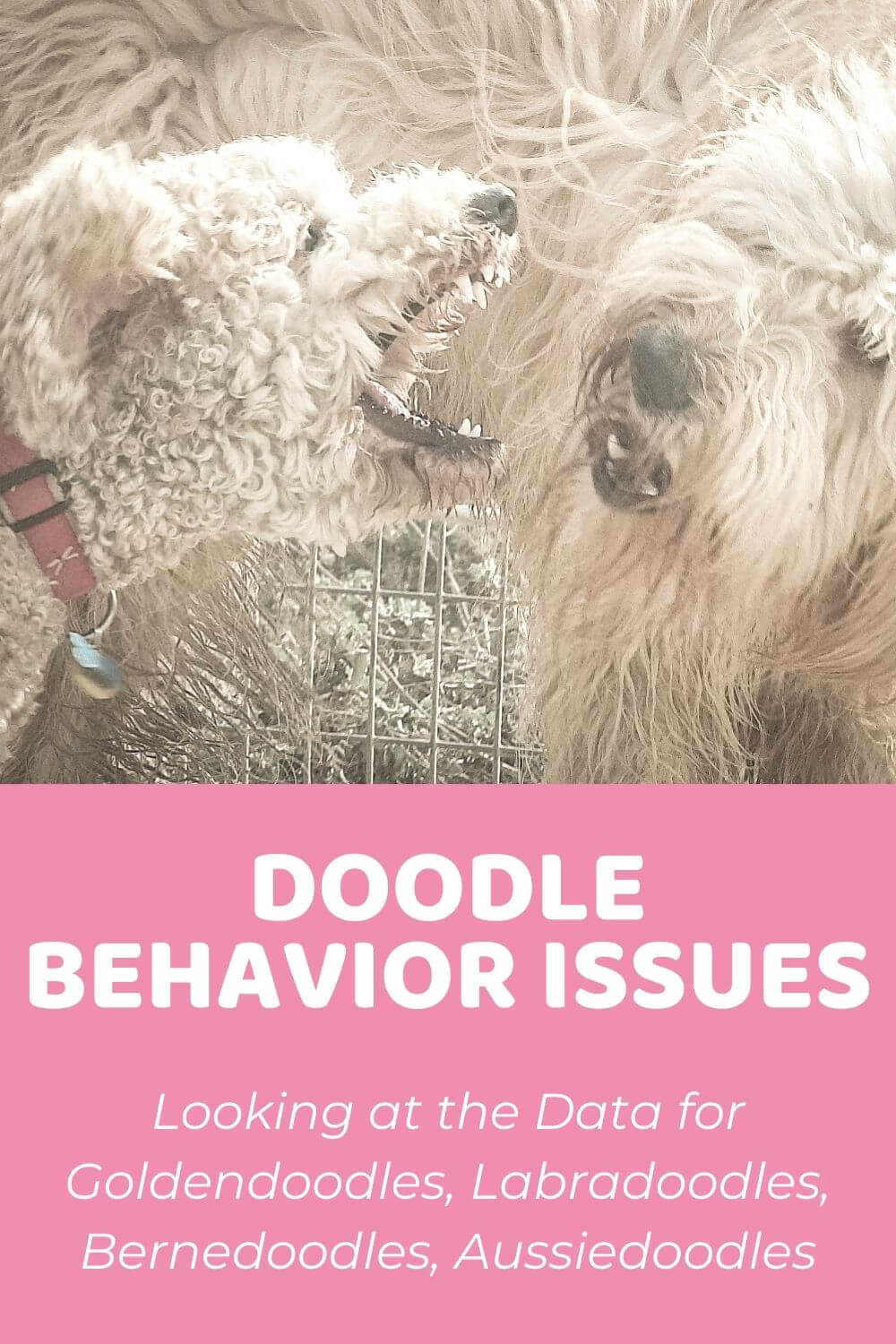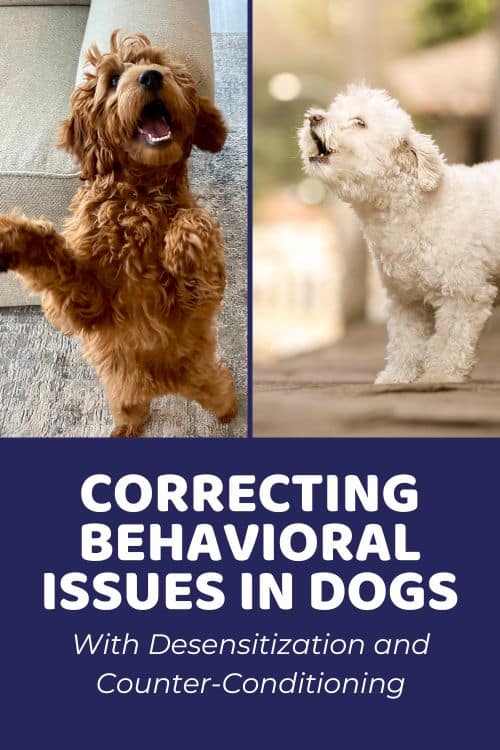Help! My dog is a picky eater! Although this might sound controversial to many dog owners, you might be one of those people who struggle with their dog’s ever so changing, fussy appetite. If you’ve got your hands full with a picky eater dog, then don’t worry just yet. There might be numerous causes for this issue, many of them requiring just a few simple changes in your pup’s daily routine. In this guide, we’re going to discuss some of the most common reasons for picky eating in dogs and also some key tips on what to do with a picky eater dog to tackle this problem. Let’s get into it!
Table of Contents
- Picky Eater Dog: Introduction
- How Do You Know If Your Dog Is A Picky Eater?
- Why Is My Dog A Picky Eater?
- How To Get A Picky Dog To Eat?
- Picky Eater Dog: FAQ
- Picky Eater Dog: Final Thoughts
Picky Eater Dog: Introduction
Most of the time, dogs devour everything and anything in sight, whether it’s your table scraps or even their out right disgusting garbage eating habits. So it might be weird to hear that there are also picky eater dogs that are fussy about every kibble and wet food you try to offer them. Or so it might seem…
Picky eating in dogs might sound funny at first, but it can actually lead to deficiencies in their nutrient intake and other health issues. And sometimes, those fussy eating habits may indicate that there’s an underlying issue that you should deal with first.
Perhaps your dog has been a picky eater their whole life. Or maybe it’s a more recent issue that you’ve started to notice. Whatever the cause, in this guide we’re going to talk about some of the most common causes of picky eating in dogs so that you can get to the bottom of it.
Needless to say, this guide is not supposed to substitute for professional veterinary advice. We always urge dog owners to have their dogs checked by a certified veterinary professional to rule out any major health conditions. However, we hope the information in this guide will help shed some light onto this common problem so that you can understand how to tackle it accordingly.
How Do You Know If Your Dog Is A Picky Eater?
This may sound like a no-brainer, but there’s actually a difference between a picky dog eater and a dog who is ill. If a dog is a picky eater, they’re going to be fussy during their scheduled meal times when you feed them kibble or canned food. In the meantime, they’ll gladly eat their treats, snacks, or whatever you offer them under the table. Basically anything else that seems more appetizing or interesting.
Additionally, according to Dr. Jerry Klein, the Chief Veterinary Officer of the American Kennel Club, a good indicator of a picky eater dog is how quickly they finish their meals. If it takes longer than 20 minutes each time, you might be dealing with a fussy pup. (Source)
At the end of the day, if your dog has been picky their whole life, it’s usually just their personal trait. But if it’s a sudden change in their behavior, it might be best to consult with your veterinarian as soon as possible to rule out any medical issues.
Why Is My Dog A Picky Eater?
A picky eater dog could’ve developed this habit because of various reasons, such as their taste preferences or dislike for their food texture. But other times, being fussy with their food can be a sign that something’s going on with your dog’s health.
Chances are that if your dog is a picky eater, you’re struggling to understand why they’re being this way. So, before you start trying out different solutions, you must first figure out exactly why your dog is a picky eater.
They Don’t Like Certain Ingredients In Their Food
Just like we have our taste preferences, so do dogs. In fact, it’s not uncommon at all for a picky eater dog to refuse to munch on their kibble or wet food if it’s containing something that they absolutely hate. Sometimes the culprits are as simple as the main protein sources in the formula, such as chicken or salmon, maybe pork or even beef.
But it’s not just the protein source that your pup might dislike in their food. As dog food formulas contain a wide variety of different ingredients, it can be tricky to narrow down which ingredients your dog doesn’t like. So, it’s a bit of a touch and go when
Also, sometimes eating a certain type of dog food can bring up not-so-positive memories for your pup. If they’ve gotten sick after eating a certain dog food in the past, they might not be too keen on eating the same food in the future. This often happens in humans, too! Sometimes allergies and food sensitivities can also put a dog off from their food, which is something to consider.
Furthermore, you may also want to consider if your pup has simply gotten tired of their kibble. Some dogs like variety on their table, just like many people enjoy experimenting with different recipes to make things more exciting.
Your Dog Is Fussy About The Formula
Similarly to the previous point, dogs can also be picky about their dog food formula and even the texture of it. Some dogs simply hate kibble, whereas others aren’t that into wet foods.
Likewise, there are tons of different kibbles and wet foods out there – the chunks can be in different sizes, some foods have more moisture, others are drier, and so on. In addition to that, even the formula’s smell can put some dogs off. If you’ve got a picky dog eater, then all of this can affect how much they’re willing to eat their food.
By the way, if you’ve spoiled your pooch with table scraps or way too many tasty treats in between their scheduled mealtimes, they may also lose interest in their usual kibble and only expect that tasty stuff as their main meals!
There’s An Underlying Health Condition
Oftentimes, dogs lose their appetite when they’re struggling with some kind of health condition. Whether it’s due to dental problems, digestive issues, or other health conditions, it’s very common for a dog to suddenly become a picky eater. Sometimes a health issue will cause a dog to lose their appetite altogether, other times they might only find very strong flavored foods appetizing during this time.
Moreover, age can also affect a dog’s appetite and alter their taste for their usual food. This is especially common in elderly dogs that either
Your Dog Is Stressed Or Anxious
Stress, anxiety, and emotional issues don’t just affect humans, but our canine pals, too. If your dog is feeling stressed or anxious, or even lonely, they might stop eating or become picky eaters. This can happen in times where there has been a sudden change in their lifestyle or family dynamics. Some of those instances include death in the family, divorce or breakup, moving or house renovation, a new addition to the family (either a new pet or a baby), or even you going back to work in the office after working from home for a longer period of time.
They Don’t Get Enough Exercise
Not to point fingers here, but sometimes people neglect their dogs’ daily exercise needs. Maybe you’ve had a long day and you can’t be bothered with a 30 to 60 minute walk outside twice a day. Or maybe you’ve never actually put much thought into it and just let your pup quickly go outside and do its business. The point is, if your dog is not getting enough exercise, it’s not at all uncommon for them to become a picky dog eater. Getting things moving helps to also stimulate their appetite and make them crave for that much needed energy!
How To Get A Picky Dog To Eat?
So, how to deal with a picky eater dog? Fortunately, there are very simple and easy steps you can take to transform your fussy eater into a pup that enjoys their mealtimes and finishes everything that’s on their plate. Or more precisely, in their bowl.
Switch Up Their Dog Food
If you’ve got a picky eater dog who seems to get tired of their food after a while, it might be best to switch up their formula for another protein source. This also applies to dogs who don’t find certain ingredients in their formula appetizing.
For a picky eater dog, food choices might seem limited at first. But that’s not necessarily the case. If your dog doesn’t like chicken, try turkey or beef instead. Similarly, if they’re not into pork or salmon, there are a ton of other varieties to try out. Oftentimes, dog food formulas come in a variety of flavors, so you can try feeding the same brand, same type of dog food, just switching out the main source of protein.
But as we mentioned earlier, dogs can also be fussy about the formula itself. If your dog just does not like their regular kibble at all, it might be time to find another one instead. Even formulas from the same brands can have different textures and other traits that your pooch might prefer better. Or, you can also consider feeding your dog a custom dog food formula.
Keep in mind, however, that whenever you switch your dog’s food, you should do it gradually, mixing it with their current food over time. If you start feeding another formula to your dog too abruptly, it can lead to digestive issues like diarrhea or vomiting.
Stick To Scheduled Mealtimes
Setting a schedule for your dog and sticking to it is one of the best ways to enforce good habits and behaviors. This includes eating their food! Adult dogs usually eat two meals a day, in the morning and in the evening. We recommend you keep your pooch on a routine each day so that they can get used to it and know when to expect their meals.
In addition to that, you should give your dog about 20 to 30 minutes to finish their meal. If they don’t finish it or don’t eat it at all, take their food away and wait until the next scheduled mealtime to offer them food again. In the meantime, don’t offer them any treats. Although this might sound a bit extreme, your pup will soon learn that they’ll get their food during their mealtimes and not in between them.
Also, make sure that you’re feeding your dog the right amount of food according to their size and age. Perhaps you’ve been unknowingly feeding your dog too much so that they don’t even get hungry by their next meal? Well, it’s certainly something to consider. If you’re not sure where to start exactly, here you can learn how to measure out your dog’s kibble or wet food for their optimal health.
Don’t Go Overboard With Treats And Snacks
As we’re already on the topic of treats and snacks, you might have to reconsider how much you should treat your pup with those tasty snacks. Like with humans, eating too many treats, snacks, and ‘cheat meals’ can spoil our appetites. The same goes for dogs.
Similarly, you might’ve accidentally (or not so accidentally…) been feeding too many snacks to your dog so that they’re not even hungry by their scheduled mealtime in the evening.
If it’s not just you and your dog in the household, but also other members in the family, make sure that all of you are on the same page and none of you is secretly feeding the dog any treats throughout the day. Some people just cannot resist those huge, cute puppy eyes. But you’ve got to stay strict here!
Don’t Feed Table Scraps
Table scraps are another common culprit when it comes to picky eating in dogs. Just like doggy treats and snacks, table scraps can ruin your dog’s appetite or all too suddenly fill them up so that they’re just not that interested in their boring old kibble.
Again, make sure that the whole family and anyone who’s visiting your home understands that your dog should be eating only its own food, not any human foods! In fact, table scraps may also contain ingredients that either upset your pup’s tummy or can actually harm your pet. Furthermore, this could also encourage other undesirable behaviors like counter surfing and stealing food.
Have A Designated Feeding And Drinking Spot
One part of sticking to a good daily routine is to also have a designated feeding and drinking spot for your furbaby. This often gives our dogs that extra sense of safety and helps them understand what’s going to happen next. We recommend you place your dog’s food and water bowls away from very high traffic areas in the home. But to make their meal a bit more of a social experience, you can place the bowls in a quieter corner in the kitchen or dining room where you’re having your breakfast and dinner at the same time.
Make Their Food More Appetizing
Even though most dogs devour their kibble as quickly as possible, that’s not always the case. If your dog is fussy with their dry food, you can make it more appetizing with either healthy dog food toppers, a tiny bit of canned food, or by soaking it in certain liquids.
For example, you can also soak your dog’s dry kibble with either warm water or unseasoned bone broth. Bone broth, such as chicken or vegetable broth, can be especially great as it’s also going to give that extra flavor and aroma to your pup’s kibble. Broth is also packed with nutrients, which is another win. Just make sure that there’s no added salt or any other seasonings! Additionally, the added liquid should only be warm, never hot.
Utilize Slow Feeders And Puzzle Toys
Sometimes all it takes is to make your dog’s meal time a bit more fun or challenging. Interactive feeding toys and slow feeders are a great way to get your pup in the mood, since they have to work for their food. Here are a few great options for picky eater dogs that need some extra mental stimulation for their breakfast and dinner time.
Exercise Your Dog Before Their Meals
As we’re on the topic of mental stimulation, you could also benefit from a little bit of physical stimulation before your dog’s meals. This can be a great way to work up their appetite so that they get hungry by their mealtimes. You can take your dog for a nice leisurely walk, go jogging or swimming, or even play fetch to get their muscles working and use up all that pent up energy.
Needless to say, exercise is vital for any dog, regardless of their size, breed, and age. Just make sure that your dog is getting the right amount of exercise according to their unique needs. If you’ve got a more active breed, it’s all the more important that they get to exercise as much as they naturally need to balance out their appetite and also promote their overall health and wellbeing.
Stay Consistent And Use Positive Reinforcement
We all know how difficult it can be to stay consistent with our own routines and habits. But as dog owners, it’s our responsibility to also set an example for our pups and set them up for success. Whatever lifestyle and diet changes you’re making in your dog’s routine, be sure to stay consistent and patient. It’s so tempting to give into our pups’ every wants, but you probably know how it can backfire big time.
Some people might also get frustrated in the process, especially if it seems that your dog is just not cooperating with you. Just remember to stay consistent and patient, and always reward your dog with plenty of praise when they eat from their bowl at the scheduled meal time. Dogs respond incredibly well to positive reinforcement methods, so that should be your aim. Never scold or punish your pup, never yell at them, and never let them see your frustration or anger. Some dogs are picky eaters and that’s what you’ve got to work with!
Consult With Your Vet
For a picky dog eater, all of the tips and tricks above will likely make a massive change in their eating habits and appetite. However, if your dog’s fussiness does not seem to resolve or you’re just worried that something else is going on, don’t hesitate to contact your vet and get your pup checked. Even if it’s just about taste preferences or being fussy, your vet will still likely have some excellent tips to try out according to your dog’s unique needs.
Above all, if you’ve noticed that your dog doesn’t eat at all or even drink their water, or has lost a noticeable amount of weight recently, it’s time for an urgent vet visit to rule out any serious health issues. The sooner you get your dog checked by a veterinarian, the better the prognosis.
Picky Eater Dog: FAQ
Some dogs are born picky eaters, whereas others have been trained to be this way, if you will. In addition to that, suddenly becoming a picky eater could indicate that there’s an underlying health condition that requires veterinary attention, or that your dog suffers from anxiety or stress.
This indicates that you have a picky eater dog that’s not too keen on eating their ‘boring’ kibble or canned food. Your dog might not enjoy their usual food, either due to the flavor or texture of it. In addition to that, you might be spoiling your dog’s appetite with treats and tasty snacks in between their meals. Likewise, they might simply be filling up on their treats, which means that they’re not too motivated to eat a normal amount of their meal. On the other hand, if a medical issue is to blame, dogs tend to prefer treats and snacks that have a stronger flavor and aroma.
If your dog is a picky eater, it’s time to make a proper assessment of your dog’s daily routine and habits. Don’t feed them snacks, treats, or table scraps in between their meals. Only use a limited amount of treats as a reward during training sessions. You can also experiment with different dog food formulas and flavors to understand what your dog enjoys and what they don’t like. Additionally, we recommend feeding a picky eater dog at the same time each day in a designated feeding spot to help them get used to a routine. You can also exercise your dog before their breakfast and dinner to increase their hunger and therefore appetite.
Not feeding snacks and table scraps is a great way to increase your dog’s appetite for their normal kibble. In addition to that, you can add a small amount of dog food toppers or wet food to their kibble to make it more appetizing. Another simple trick is to mix their kibble with a little bit of warm water or warm, unseasoned bone or vegetable broth. Adding some extra moisture and warmth to their kibble often does the trick as it helps the flavors and aromas to release from the kibble.
Picky Eater Dog: Final Thoughts
Picky eating in dogs is generally not as common as eating anything and everything in sight, but it does happen. If your dog is a picky eater, the first thing you should do is to figure out the root cause of this issue. Fortunately, with certain lifestyle and dietary changes you’ll likely be able to fix this problem without too much hassle. However, if it’s a persistent issue or if you’re worried about your dog’s health, always consult with a veterinary professional to make sure that your dog is getting the right kind of help in a timely manner.
Learn How to Stop Shavedowns For Good & Keep Matting At Bay!

Discover the PROPER Doodle coat care routine that gets your pup to cooperate…helps you nip tangles in the bud…and gets groomers to do exactly what you want.
Plus, get $520 worth of Bonus Materials for FREE, including:- Doodle Parenthood Community and Support Group ($190 value)
- Custom Doodle Coat Care Plan Lifetime Access ($75 value)
- Easy to Use Doodle Grooming Tracker ($20 value)
- And MORE!

